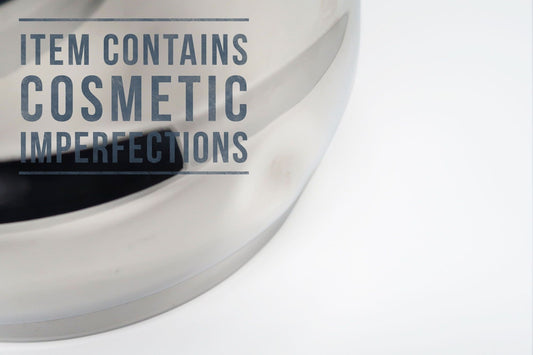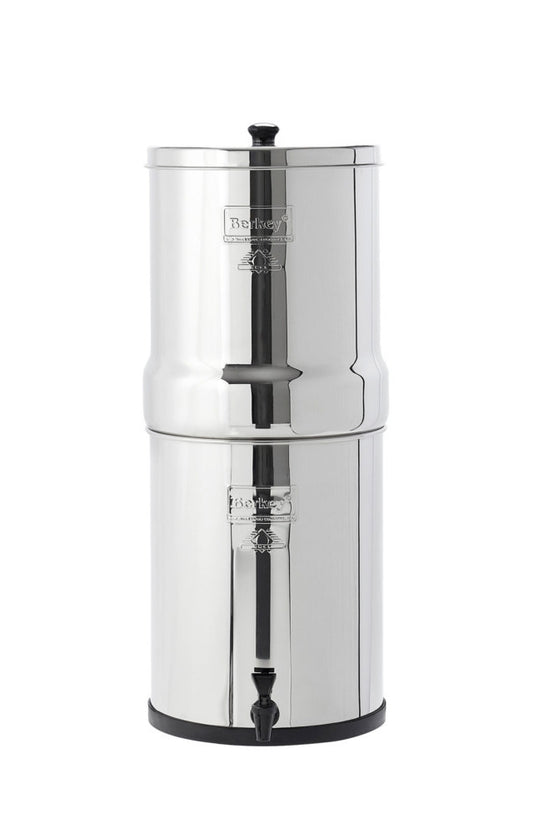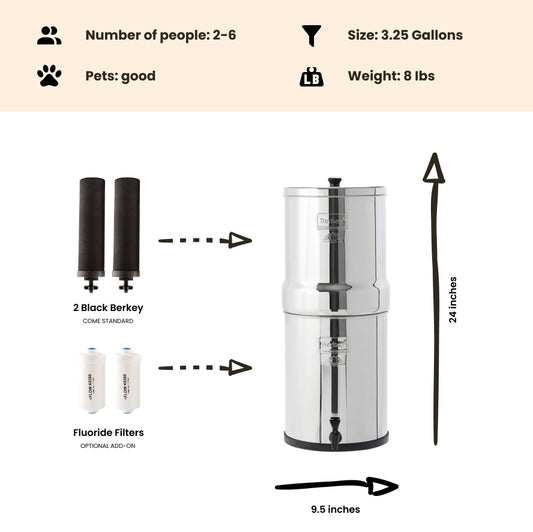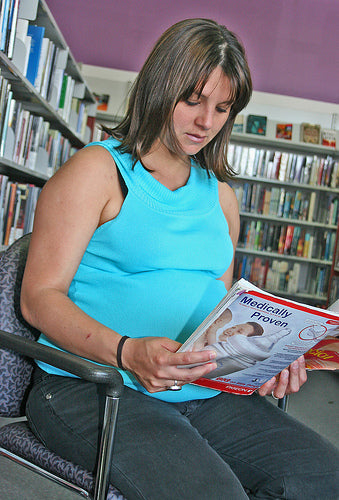
Contaminated Water Breeds Low-Weight Babies, Sometimes Born Prematurely
By Dan DeBaunShare
Something In The Water
Pregnant women who live in regions where the drinking water is contaminated have a greater chance of giving birth to premature babies or to babies that have low birth weights of under 5½ pounds, according to research conducted by a team of investigators from Princeton University's Woodrow Wilson School of Public and International Affairs.
The study, which was published in the Canadian Journal of Economics (August 2013), reveals that babies born to mothers who have consumed contaminated water are likely to exhibit various forms of cognitive and developmental impairment, and that this is more pronounced in the babies of less-educated moms. As these women are also less likely to move away from areas where drinking water is contaminated, better forms of communication and consumer education is necessary to increase awareness amongst people residing in these areas.
“Fetuses are vulnerable to all types of pollution, including water contamination caused by chemicals and bacteria,” said lead author, Janet Currie, Professor of Economics and Public Affairs at the Woodrow Wilson School of Public and International Affairs and director of the Center for Health and Wellbeing. “This contamination can lead to a host of problems, including low-birth-weight babies who can have lifelong cognitive struggles. It's a particular problem for less-educated women who also presumably have less options in terms of housing.”
Previous research has primarily focused on the relationship between air pollution and infant health; this study is one of the first to look at the health effects of water contamination on infants. Currie and her fellow researchers examined New Jersey birth records together with data on drinking-water quality for a ten year period between 1997 and 2007. The birth record for each infant showed the birth date, health of the infant at birth, and information pertaining to the mother, including race, marital status, and level of education. In order to assess whether any of the women relocated because of contaminated water issues, the team looked at records for women who had given birth to more than one child to determine whether the they had moved before giving birth again.
To assess water quality, the researchers accessed records from the New Jersey Department of Environmental Protection (DEP), looking at violation records for 488 water districts. They discovered that more than 25% of the districts supplied had water contamination violations, with 30,000 people being affected as a result. The contaminants ranged from bacterial and chemical pollutants, including high coliform counts, radon, and dichloroethane – a hazardous solvent used in degreasing agents and in the manufacture of plastics.
The team then paired the infant's birth records with the water systems that provided the family's home with drinking water. Because people tend to drink more water during hot weather, they also included daily temperatures for this time period into their analysis.
“We found that infants exposed to contamination in utero tend to have mothers who are younger, less educated and less likely to be married than other mothers. They are also more likely to be African-American or Hispanic,” Currie said. “The results also suggest that mothers who are less educated are less likely than other mothers to move in response to contamination, while older mothers are more likely to drink bottled water or move.”
While it is standard practice for the DEP to alert all residences should there be a contamination event, Currie suggests that people renting their home may not get these warning notices.
“If someone puts something in your mailbox, do you even see it? Does your landlord pick it up?” said Currie. “Notices are being sent that people don't receive. There's an undercurrent here that the way information is sent isn't adequate. We need to get this information to people directly.”
Currie suggests that health-care workers make information on water contamination risks and hazards available in clinics and exam rooms so that expectant moms are made aware of the dangers.
“If it's going to be harmful for some groups, we need to at least let those groups know about them, so they can avoid it,” said Currie.
Journal Reference
Janet Currie, Joshua S. Graff Zivin, Katherine Meckel, Matthew J. Neidell, and Wolfram Schlenker, "Something in the Water: Contaminated Drinking Water and Infant Health," Canadian Journal of Economics 46, No. 3 (2013): 791-810.
-
Regular price From $302.00 USDRegular priceUnit price / per
-
Regular price $234.00 USDRegular priceUnit price / per
-
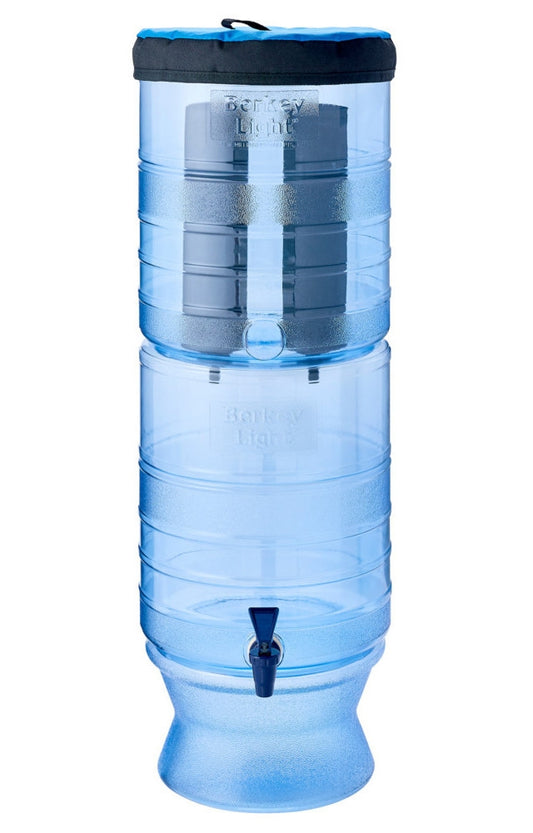
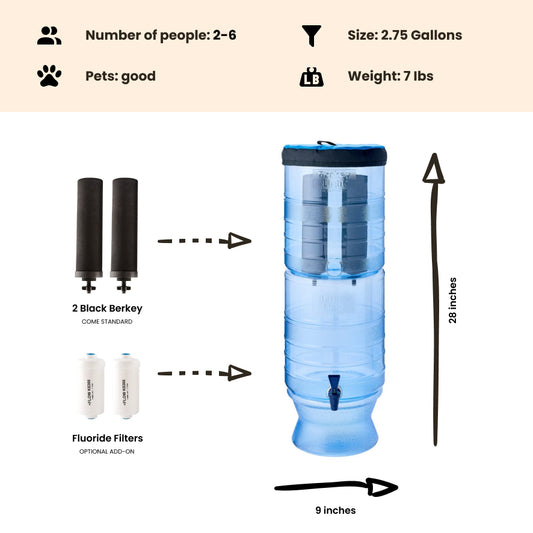 Sold outRegular price From $305.00 USDRegular priceUnit price / per
Sold outRegular price From $305.00 USDRegular priceUnit price / per -
Regular price $327.00 USDRegular priceUnit price / per
-
Regular price From $367.00 USDRegular priceUnit price / per
-
Regular price From $408.00 USDRegular priceUnit price / per
-
Regular price From $451.00 USDRegular priceUnit price / per

Dan DeBaun
Dan DeBaun is the owner and operator of Big Berkey Water Filters. Prior to Berkey, Dan was an asset manager for a major telecommunications company. He graduated from Rutgers with an undergraduate degree in industrial engineering, followed by an MBA in finance from Rutgers as well. Dan enjoys biohacking, exercising, meditation, beach life, and spending time with family and friends.
~ The Owner of Big Berkey Water Filters



